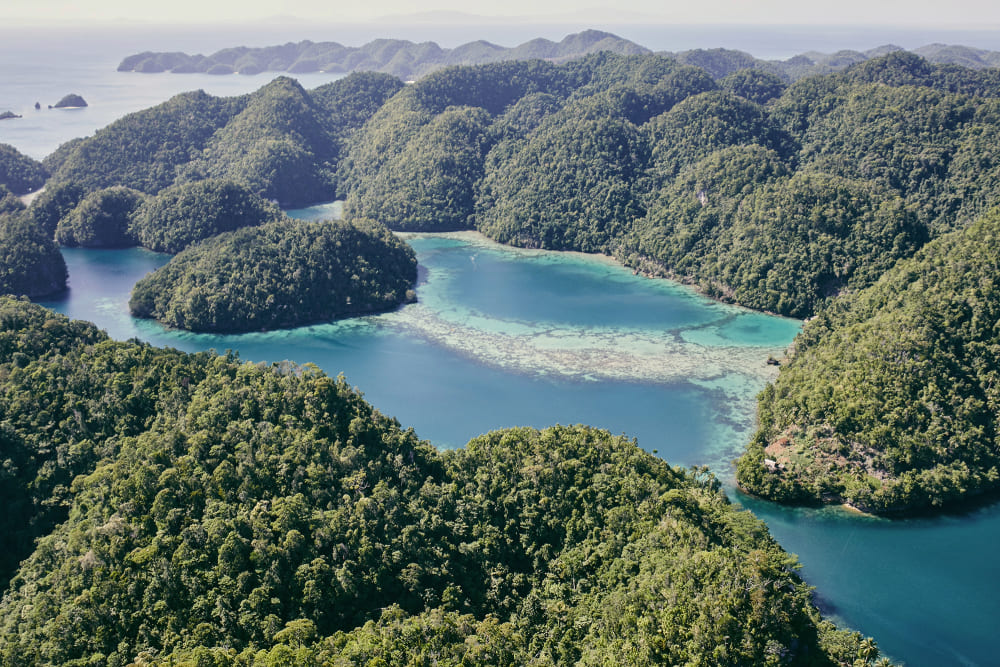Off-the-Beaten Path Japan: Insider’s Guide
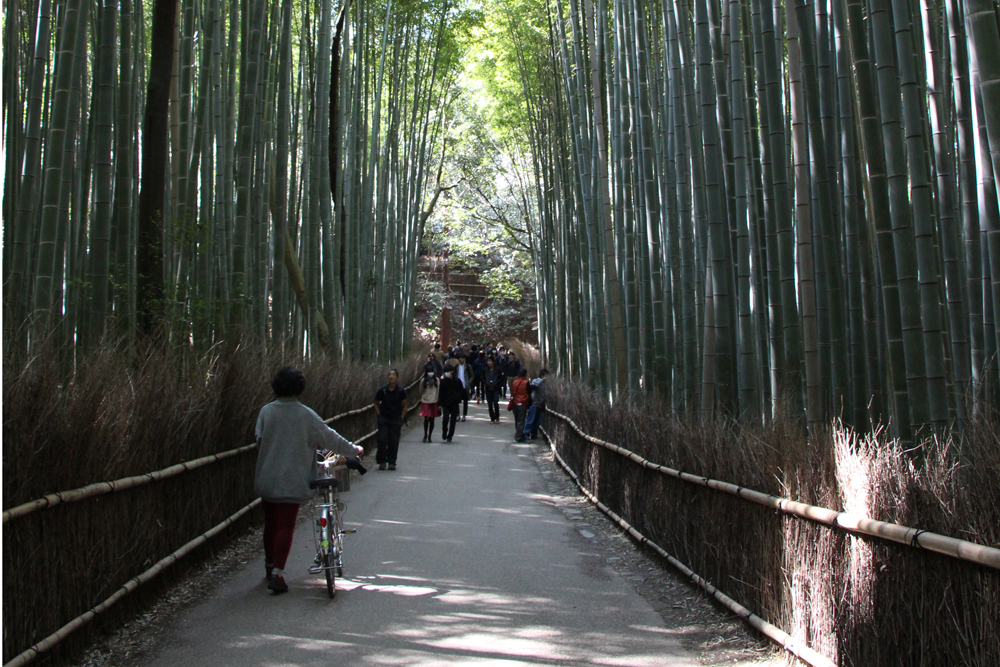 Arashiyama Bamboo, Kyoto, Japan. Photo: Global Nomad
Arashiyama Bamboo, Kyoto, Japan. Photo: Global Nomad
In some cases, Wendy has several trip-planning specialists she recommends for a destination and would like to connect with you directly to determine who would best meet your needs. This is one of those cases. Please click on the CONTACT button (below) to find out from Wendy which travel expert is best for your specific trip goals and challenges.

Things to Do and See
Most underrated place
Kakunodate has a very well-preserved samurai district, with many of the houses still owned by the same families (and the samurai costumes and swords on display). The quaint town’s little alleyways are quite walkable, and it’s one of the best sakura (cherry blossom) viewing places in Japan, as it’s far enough off the grid that it doesn’t get crowded. At Kakunodate’s sake brewery, Hideyoshi, a member of the family can show you how the beverage has been made there for 19 generations.
Most overrated places
Ryoanji, a rock garden temple in Kyoto; because it’s always very crowded, it lacks that Zen feeling.
Osaka Castle is a famous historical landmark originally built in the 16th century, but what’s there now is just a concrete reconstruction.
Kinkakuji, an extremely popular Zen Buddhist temple in Kyoto, is too crowded to be enjoyable. There are probably 50 other temples in that city alone where you won’t find another Westerner.
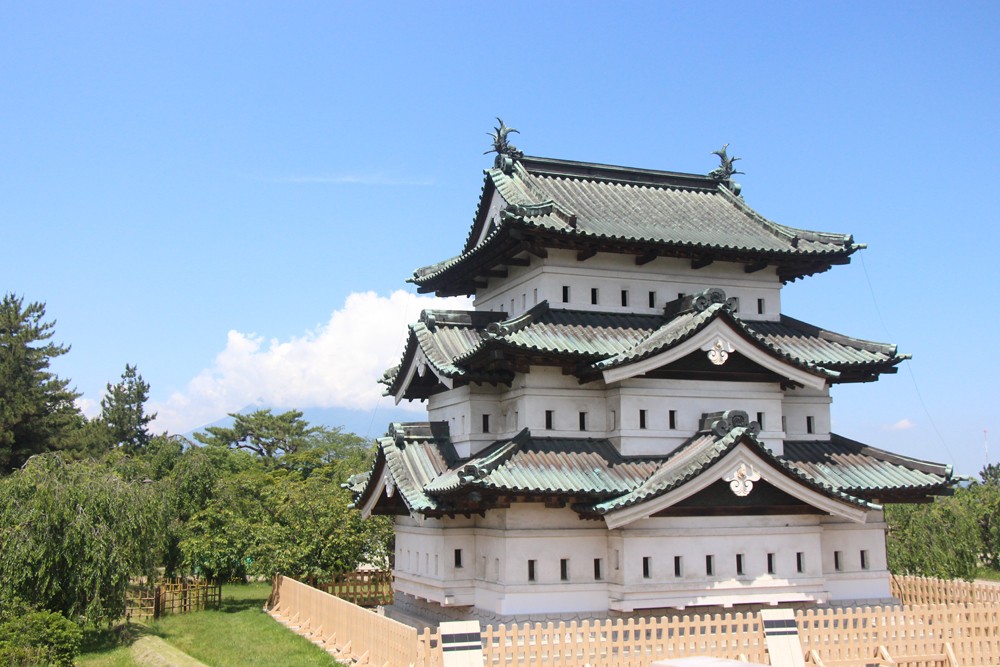
The agricultural area of Hirosaki is famous for its intact castle—rather than a reproduction like you might see elsewhere. Photo: Global Nomad
Hidden gems
Near the southernmost border of Japan, Yakushima Island is absolutely gorgeous, and much slower-paced than the rest of the country. There are beautiful hiking trails through the island’s pristine rainforest (part of which is a UNESCO reserve), and artisans in the sleepy village practice centuries-old traditions of lacquerware, pottery, woodworking, and other crafts.
Hirosaki is possibly the best cherry blossom spot in Japan: There are virtually no tourists in this entire prefecture, and it has a nice concentration of cherry trees, which rain their petals down on the walking trails come spring. This agricultural area is famous for its juicy pears, and there’s an intact castle (not a reproduction), beautiful temples, and a well-preserved samurai district.
How to spend a lazy Sunday
Strolling around the Roppongi Hills complex in Tokyo, including the beautiful Mori Garden, and the nearby Azabu-Juban residential area, which feels like a village within this huge metropolis. This area is great for shopping and also people-watching, as many Japanese families come here on Sundays.
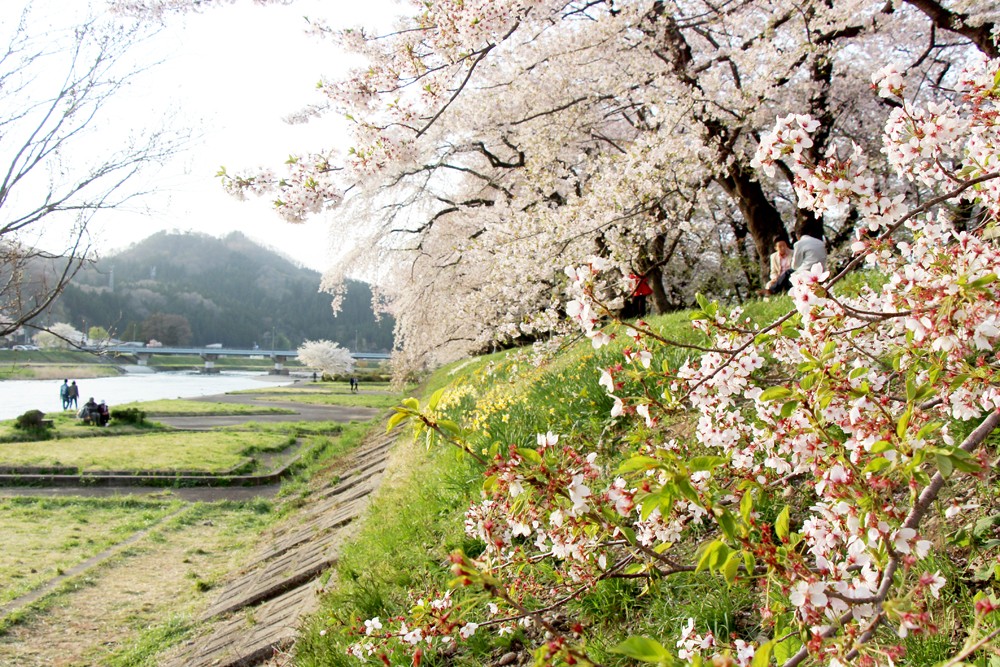
Cherry blossoms in Japan. Photo: Global Nomad
Where to Stay and What to Eat
Best-value splurge hotel
Chikusenso, set in a forest at the foot of gorgeous Mt. Zao in Tohoku, has larger rooms (even at the entry level) than you’ll find in most comparable onsen resorts, and the rates—while certainly a splurge—include a traditional Japanese breakfast and kaiseki dinner. Unlike many other top ryokans that have fused Eastern and Western standards and ambiance, Chikusenso is very authentic and traditional—a true cultural immersion. It’s rare to find such total seclusion in the wilderness combined with luxurious amenities and exquisite service.
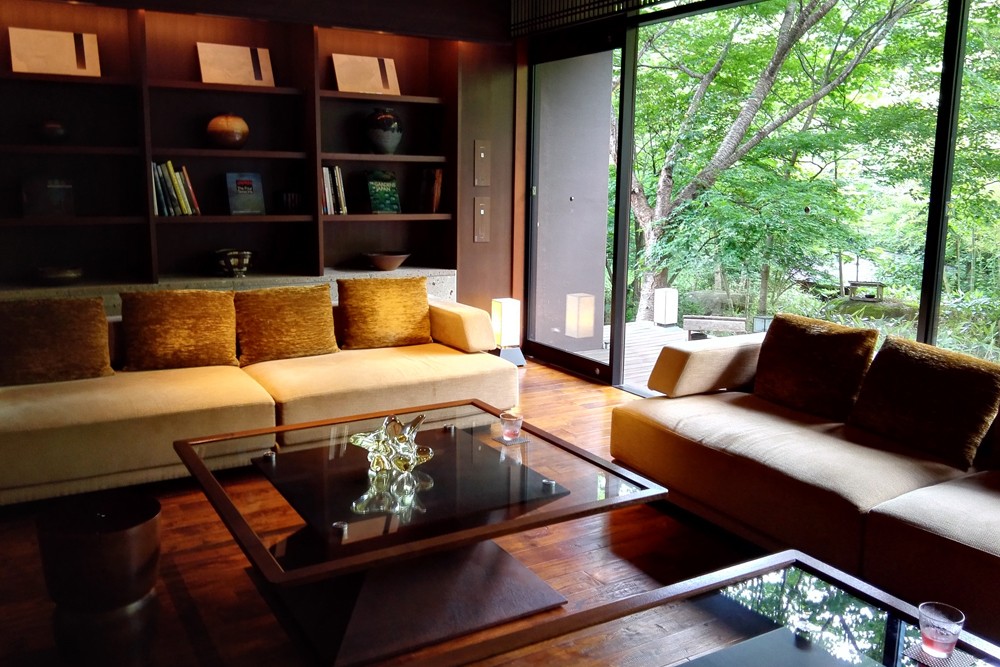
Chikusenso, set in a forest at the foot of gorgeous Mt. Zao in Tohoku, has larger rooms (even at the entry level) than you’ll find in most comparable onsen resorts.
The Peninsula Tokyo: The service is flawless—everyone speaks very good English—and the views of Tokyo’s skyline are amazing. It’s a stone’s throw from the Imperial Palace gardens and a short walk from the Ginza shopping area, but its location in the financial district makes it a quiet refuge from the hustle and bustle at night. By Tokyo standards, even the least expensive Superior Rooms are spacious, at almost 550 square feet.
Dish to try
Find a place that serves only one dish—whether it’s ramen, tempura, or grilled eel—and you’re sure to have an enjoyable meal. Oftentimes, these hole-in-the-wall restaurants have been perfecting the recipe for more than 75 years.
Best Times to Go
May, after the crowds of Golden Week (April 29–May 5) have dissipated. The weather is still cool enough for a light jacket, and everything is lush and green. October is also great, thanks to the fall colors, and it isn’t yet cold except in the extreme north.
Worst Times to Go
August, when it’s very hot and humid, making it almost unbearable to be outdoors; and February, which is very cold and rainy. Also avoid cherry blossom season in Tokyo and Kyoto (usually late March or early April), when prices triple, traffic is terrible, and both cities are so crowded you can’t find a square foot of space for yourself.
Biggest Rookie Mistake
Booking too many expensive sushi and kaiseki restaurants in advance, because if you get tired of sushi or 12-course meals and change your mind, you can be left with a hefty cancellation fee. Book a variety of restaurants, or decide on the restaurants after arriving in Japan.
Instagram Moment
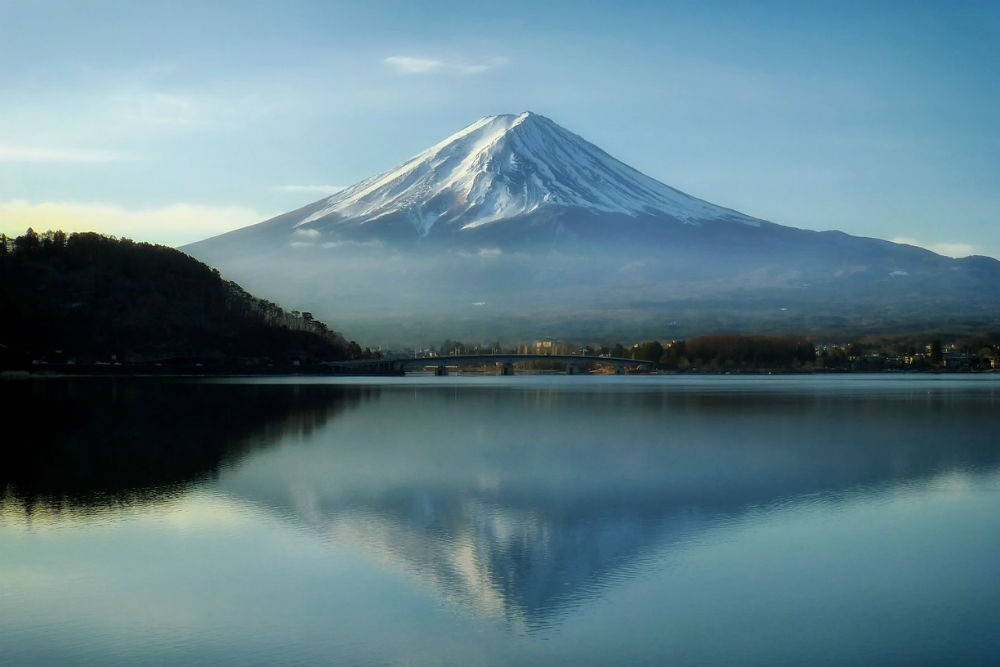
The view of Mt. Fuji from one of the replica pirate ships that do sightseeing cruises on Lake Ashi in Hakone. Morning is best to get the clearest picture of the mountain.
(Photo: tpsdave/Pixabay)
Don't Forget to Pack
Shoes that you can take off easily, as there are many buildings in which you have to remove your shoes; avoid complicated laces or boots.
Tipping Tip
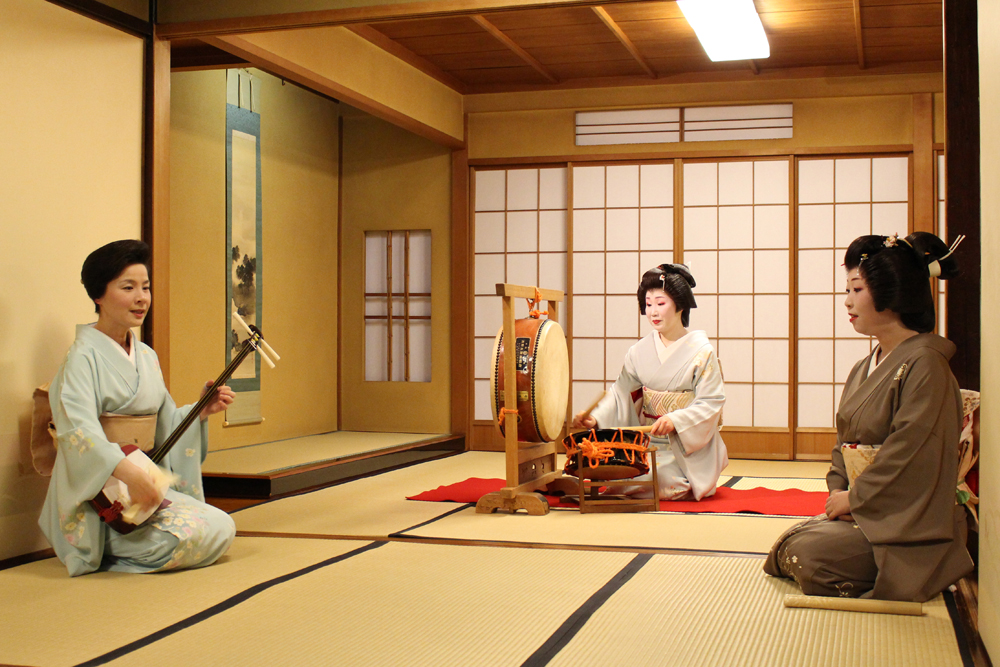
It is not customary to tip drivers, bell staff, or waiters in Japan. The one exception is a private tea or dinner with geisha; in that case, it is appropriate to fill an envelope with 3,000 to 5,000 yen per geisha, offering it to the Maiko-san (the geisha in charge) with both hands.
The Souvenir
Something made with washi, Japan’s ubiquitous handmade paper. Gift giving is a popular sign of respect here, so all sorts of little decorative items are available; you can find them in the department stores below Tokyo Station (the city’s main train terminal), or at the craft market that takes place in Kyoto on the 15th of every month.

